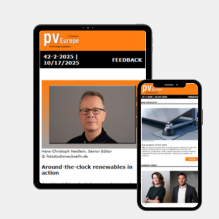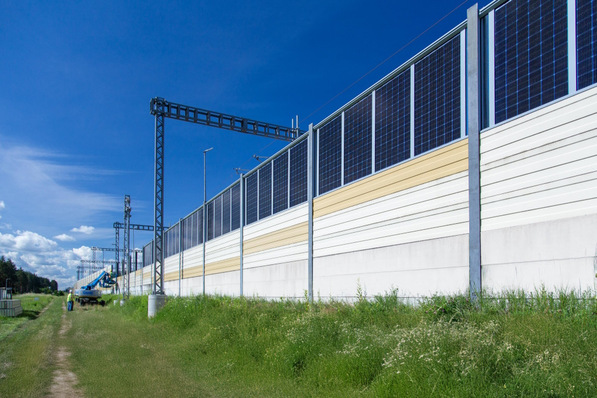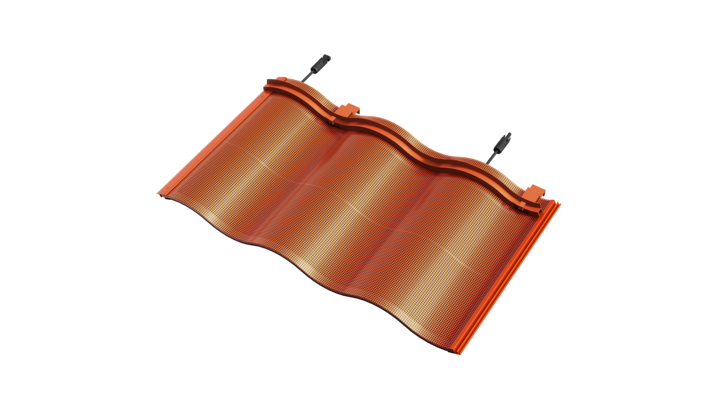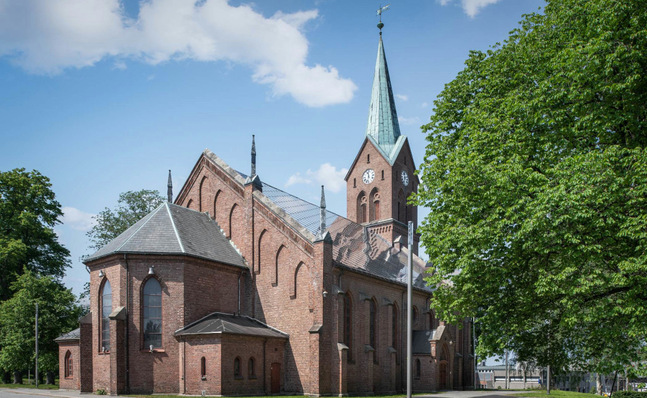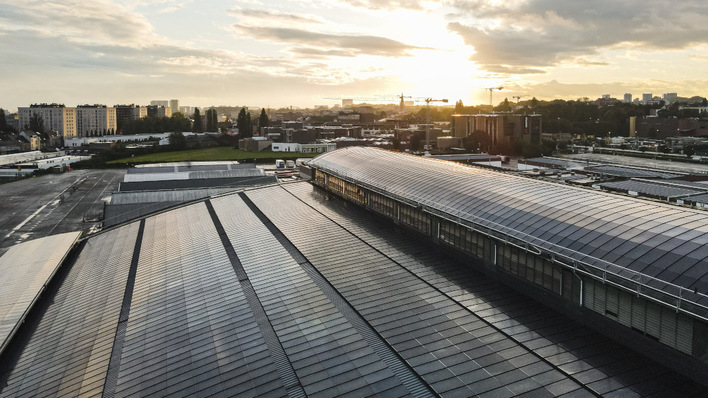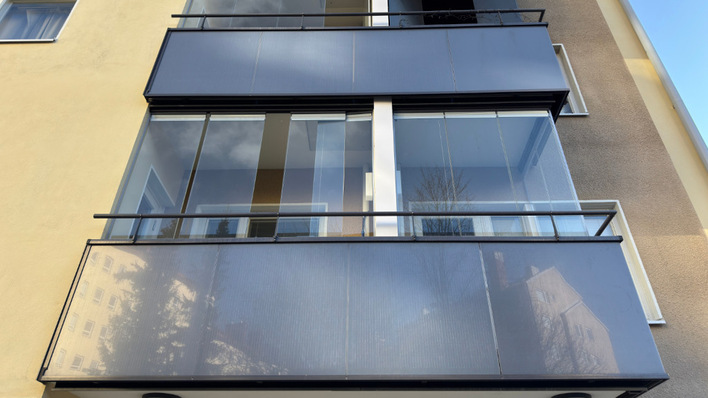Many new buildings are already considered “solar-ready.” Why is this no longer sufficient?
“Solar-ready” is a relic of the past. It assumes photovoltaics can simply be added later as an afterthought. But that approach is fundamentally flawed: panels drilled into finished roofs compromise waterproofing, void warranties, shorten roof lifespans, and disrupt the intended appearance of the building. Architecture trends may change, but the core principle has remained the same since Vitruvius: a building must protect, delight and function.
Retrofitted panels do the opposite. They weaken protection, undermine aesthetics and make the roof perform worse, not better. Integrated solar roofs turn this on its head. Energy generation is designed into the roof from the outset – structurally sound, visually coherent and functionally superior. This is not just an upgrade but a new architectural standard. Solar is no longer an add-on. It is the roof itself: durable, beautiful and built to last.
Does this also apply to existing buildings?
This applies not only to new construction. Most of the buildings that will be in use in 2050 are already standing today. Integrated solar roofs unlock enormous potential in the existing building stock by enabling energy retrofits that protect the roof, preserve architectural character and deliver clean power – especially in places where conventional rooftop panels are not an option.
Solar panels are often considered visually disruptive. How do integrated roof systems address this concern?
Traditional panels often appear as foreign objects, disrupting the roof’s design and meeting resistance from those who dislike their visual impact. Sometimes, they are even prohibited for these reasons. Integrated solar roofs blend in rather than stand out. Available in different materials and colours, they can match local styles – from zinc tones in London to terracotta in Barcelona. In this way, buildings retain their original character, the design feels natural and people are more likely to accept solar as part of the landscape.
Maximising urban energy with PV facades
A good example is the National Library of Estonia, a landmark and beloved symbol in the heart of Tallinn. For such a cultural icon, panels were not an option. The solution was to preserve the building’s heritage while meeting modern energy goals. Today, that same library generates 68,302 kWh of clean electricity every year without a single visible panel.
What are the technical and economic advantages of integrated systems?
Integrated solar forms the roof itself, and the roof becomes the power source – not two separate components. This avoids the typical problems of traditional add-on panels, which are drilled or clamped onto existing roofs, risking leaks, warranty issues, or nests and debris under the modules.
Integrated roofs are more durable, require less maintenance and can withstand wind, snow and temperature fluctuations. Material use is lower, reducing the carbon footprint by up to 10–15 percent. Economically, only one installation step is needed, which cuts labour costs. With a long lifespan, low maintenance and added property value, unlike a regular roof, these systems can pay back their cost over their lifetime while delivering clean energy for decades.
The EU plans around 200 GW of new PV rooftop capacity by 2030 and is tightening the Energy Performance of Buildings Directive (EPBD). What role do integrated solar roofs play in this context?
Traditional panels are often restricted in historic city centres or areas with strict design rules, such as conservation or protected areas. Integrated roofs, however, combine energy generation with architectural quality, enabling sensitive buildings to participate in the energy transition. They meet the expectations of architects and planners and play a crucial role in achieving expansion targets.
What are the main barriers to adopting integrated systems, and how can they be addressed?
The main hurdles are less technical and more about the conservative construction industry. The roofing sector needs more guidance on how to work with electronics and PV because most roofers are trained in traditional craftsmanship, not electrical integration. This skills gap slows adoption and makes contractors hesitant to recommend new solutions.
Sweden's largest solar façade up and running
Policies such as Germany’s solar obligation, along with growing demand from architects and building owners, are now pushing the industry to modernise. Training programmes, best-practice projects and incentive schemes are helping roofers build the necessary expertise. As this knowledge spreads, barriers will gradually disappear.
What is the outlook for the rooftop solar market in 2030, and what role will integrated systems have?
Solar will become as standard as good insulation or triple-glazed windows in the near future. Building-integrated photovoltaics will grow significantly faster than traditional rooftop systems as they blend harmoniously into the urban landscape. This will form the foundation for widespread solar adoption in cities and communities. Demand will rise due to the growing number of electric vehicles, digital infrastructure and increasing demand for energy independence and climate protection.
Interview by Hans-Christoph Neidlein
Roofit.Solar is a provider of building-integrated photovoltaics (BIPV). The company, founded in Estonia in 2016, is active in more than 25 countries.



